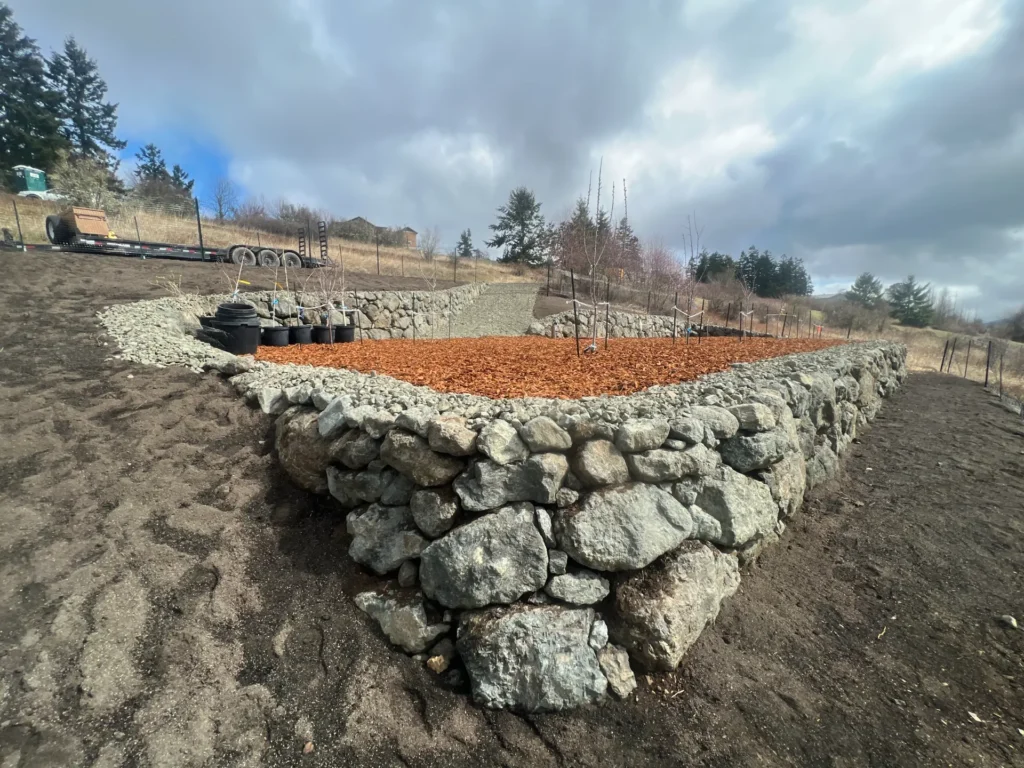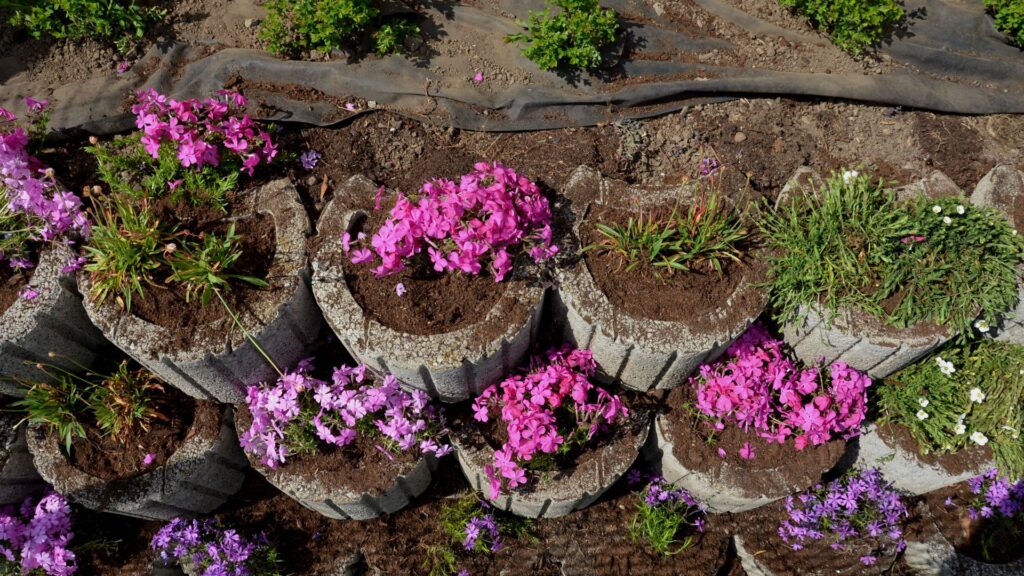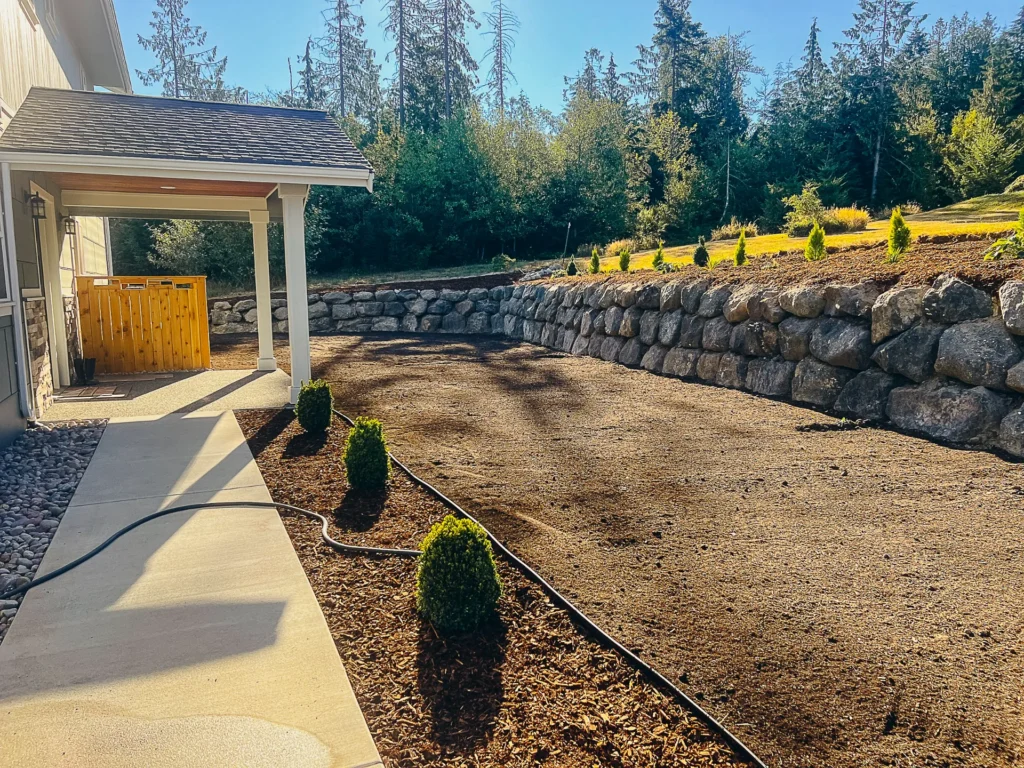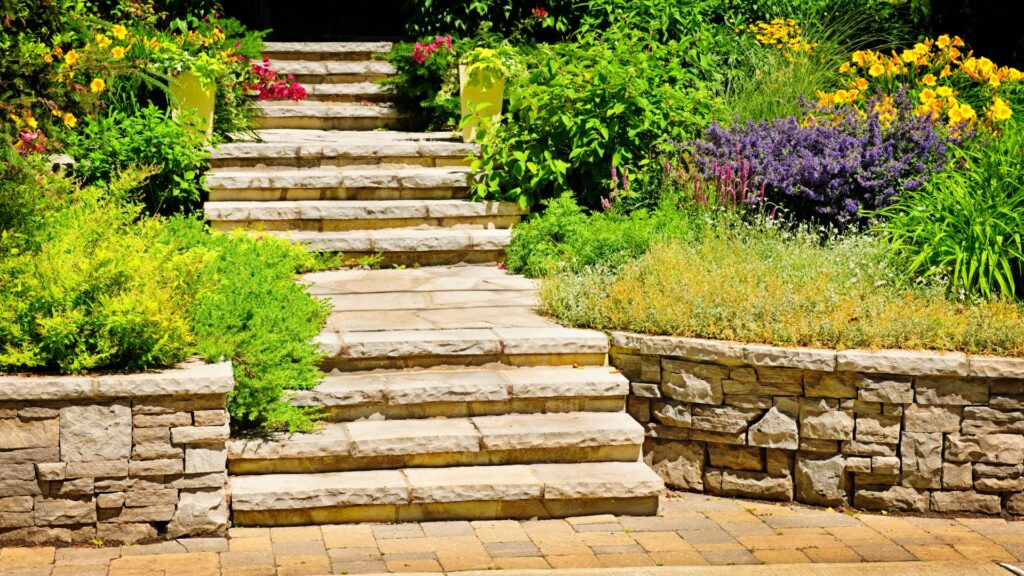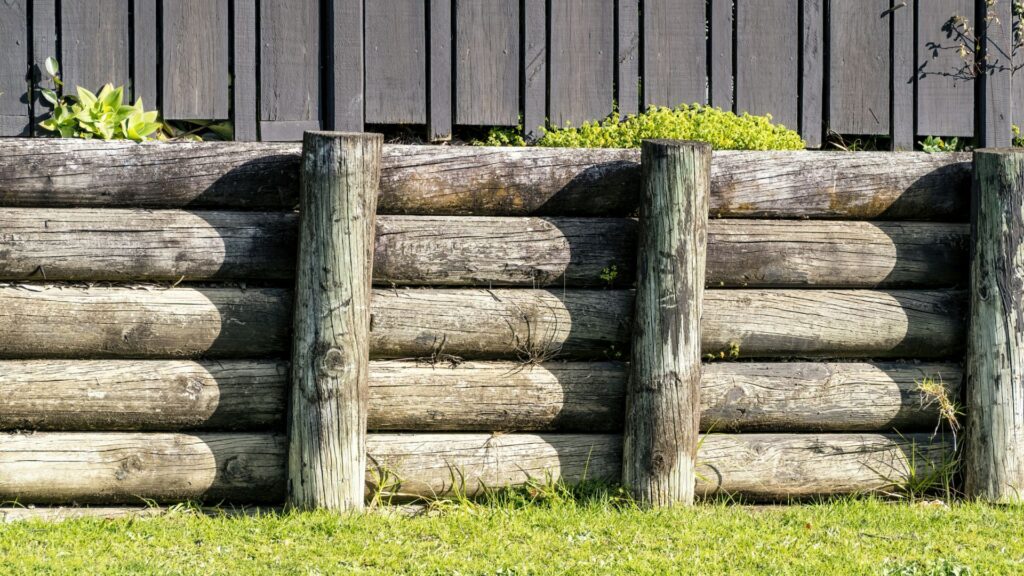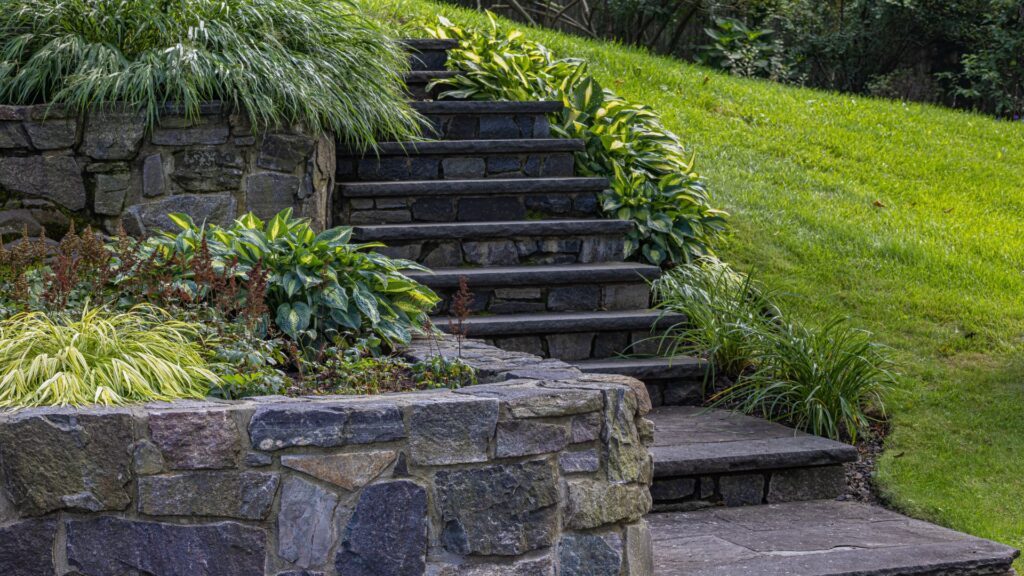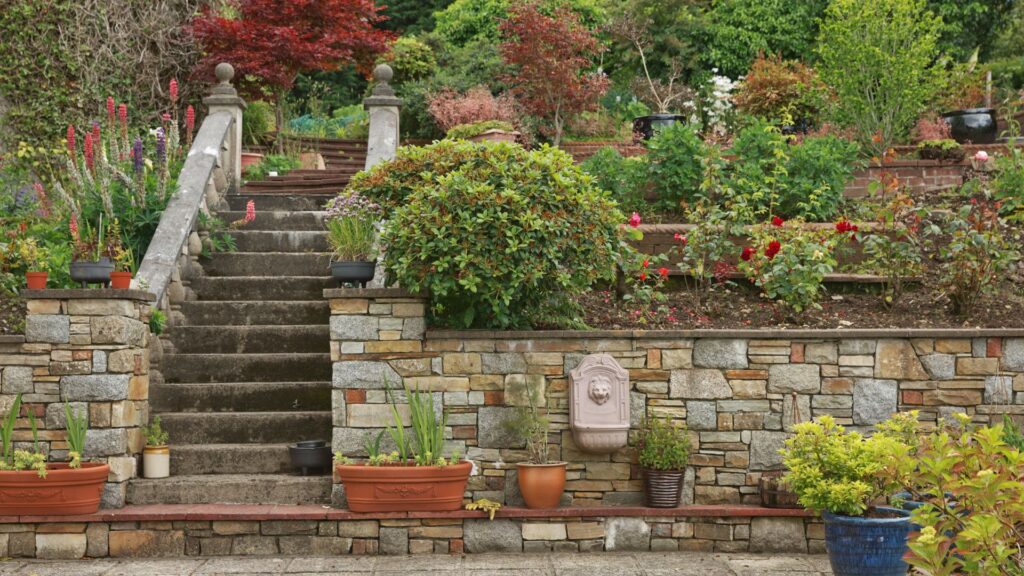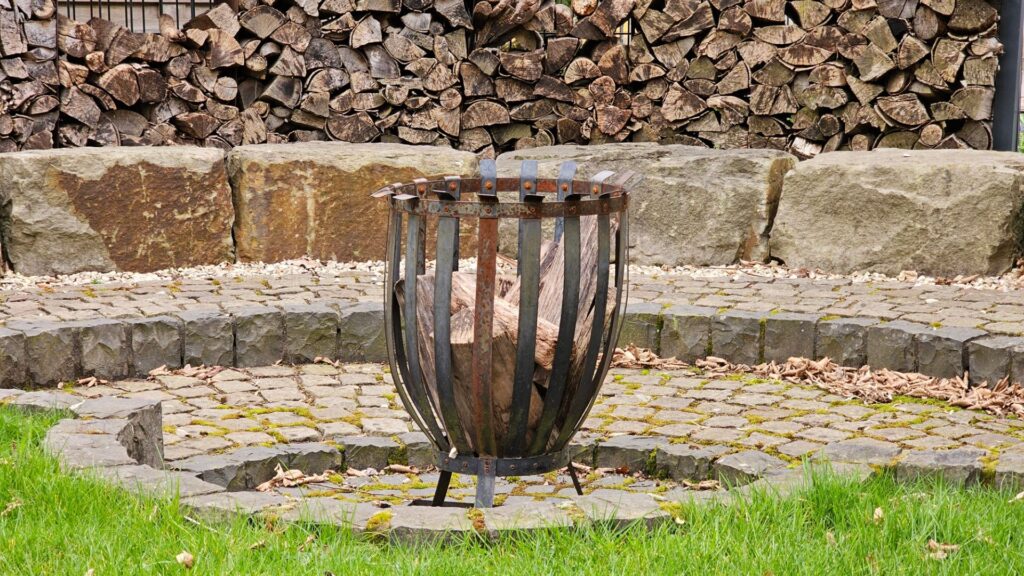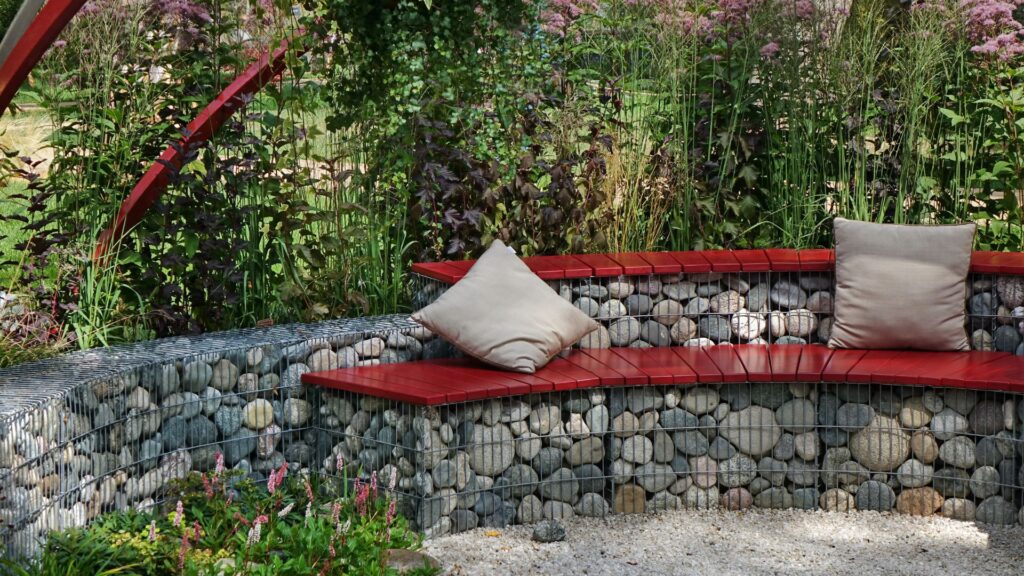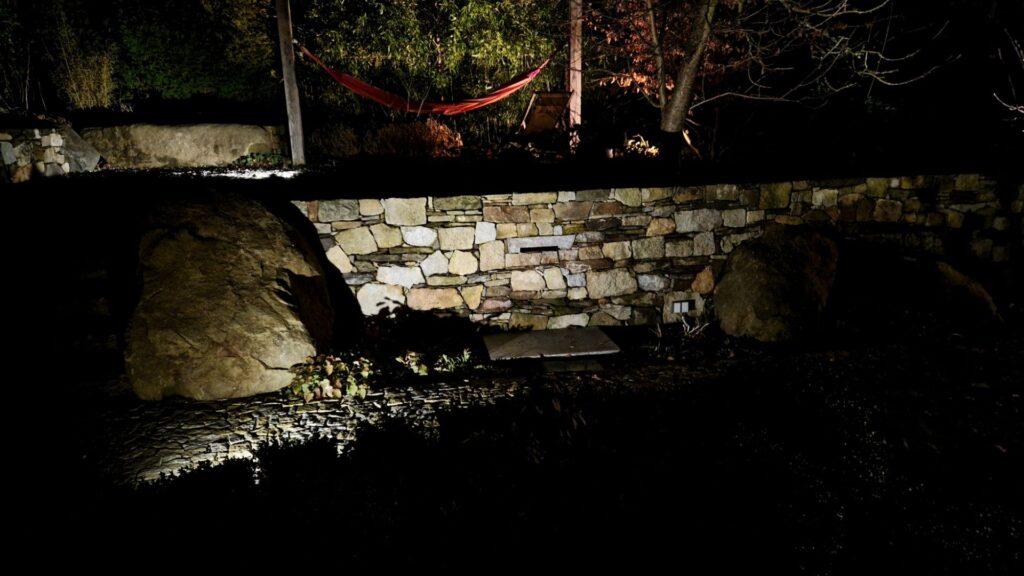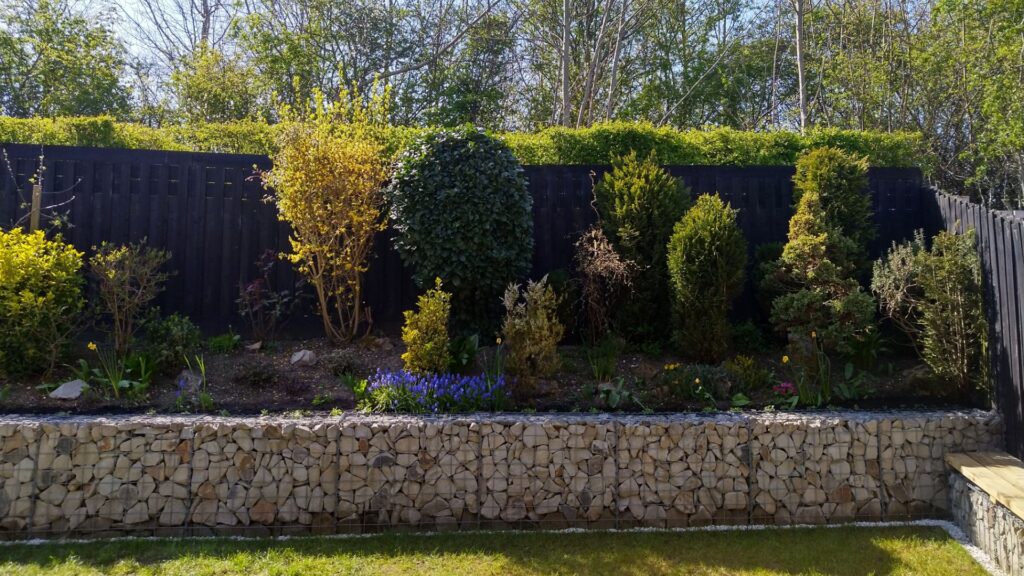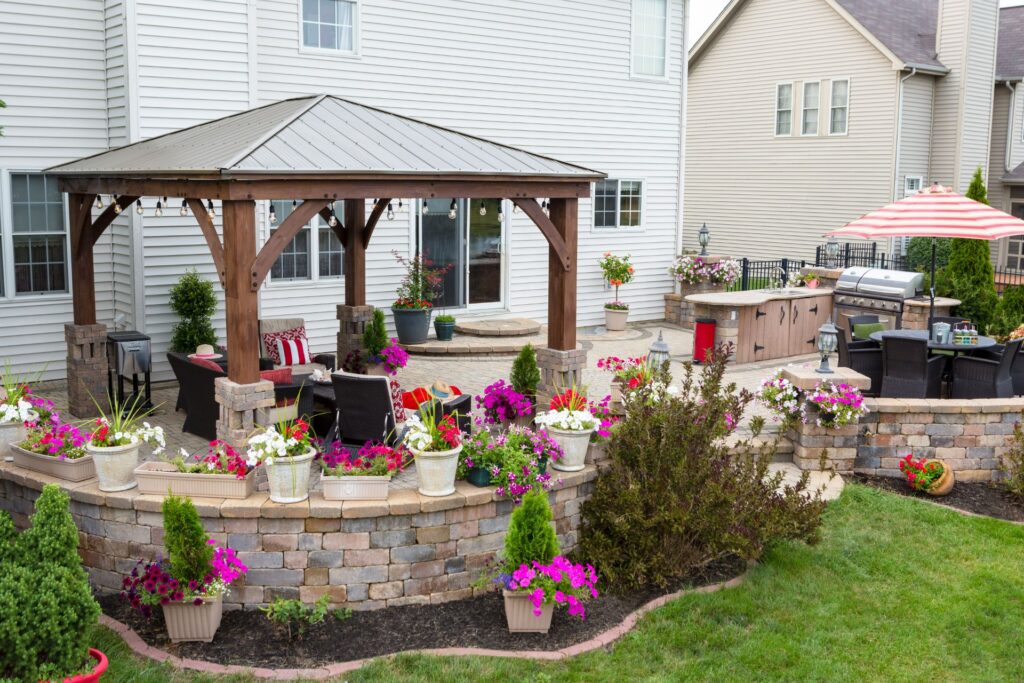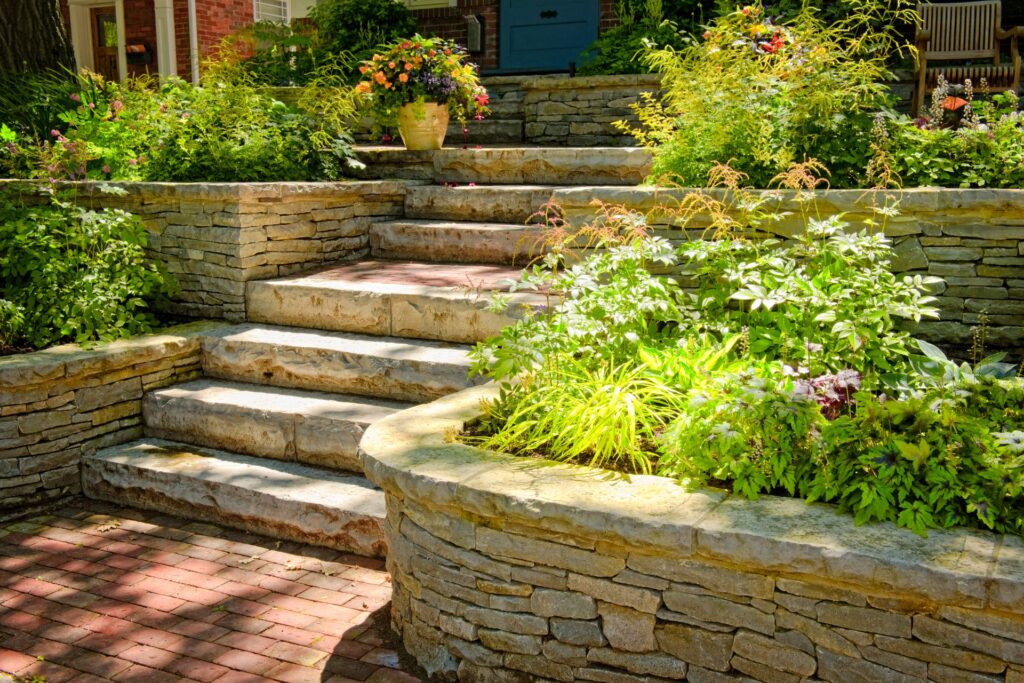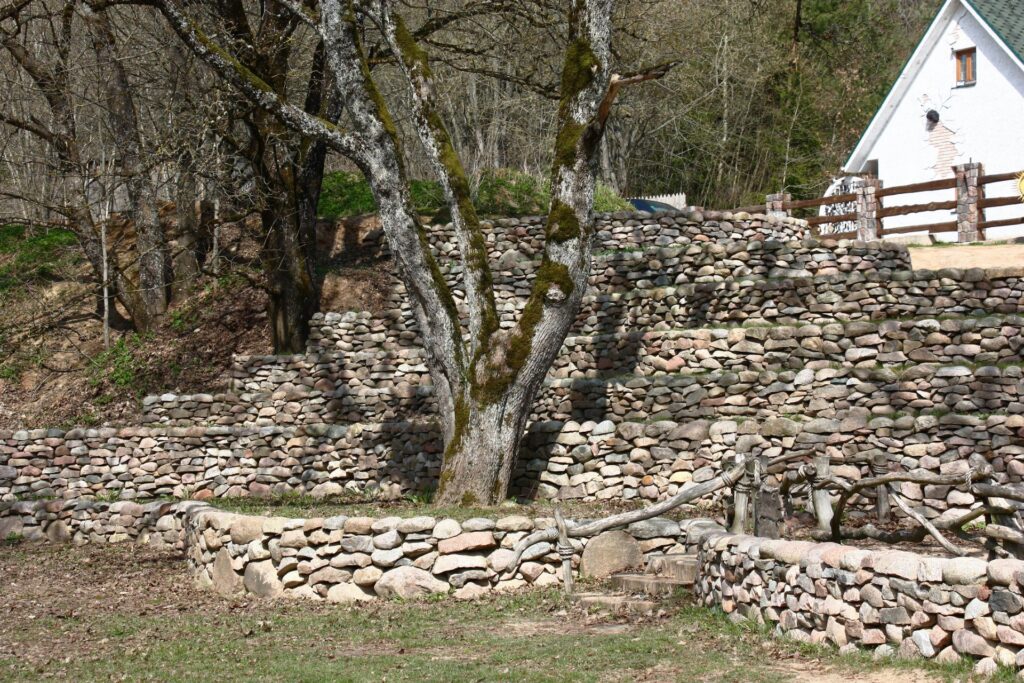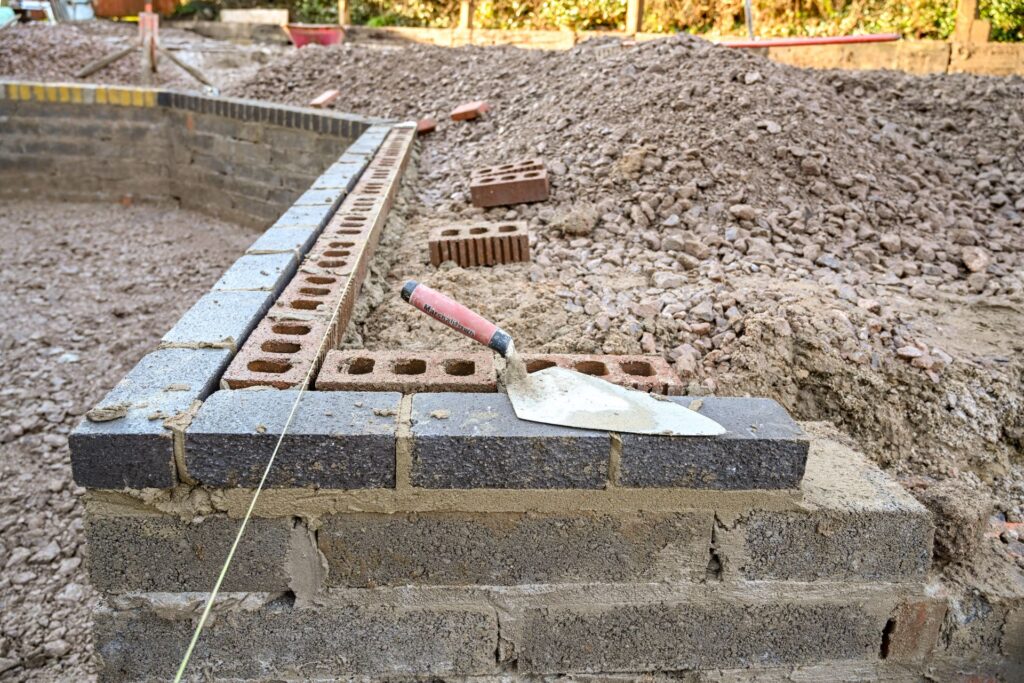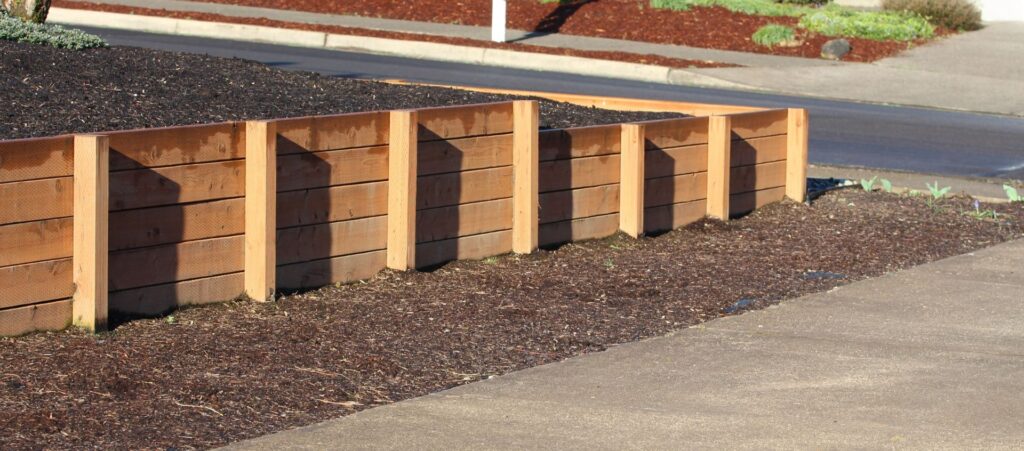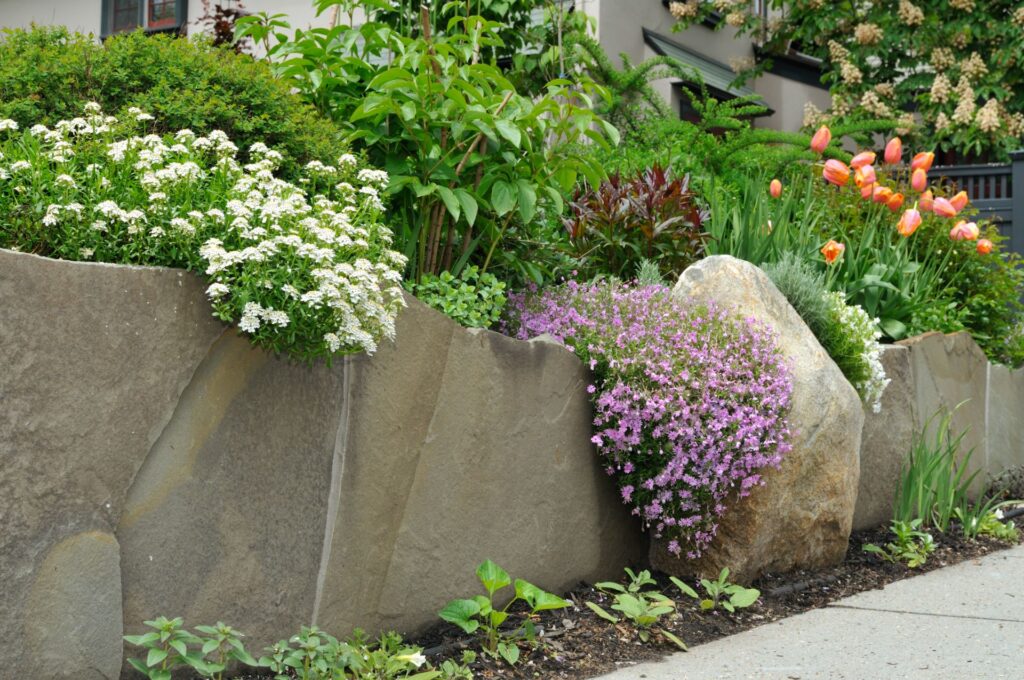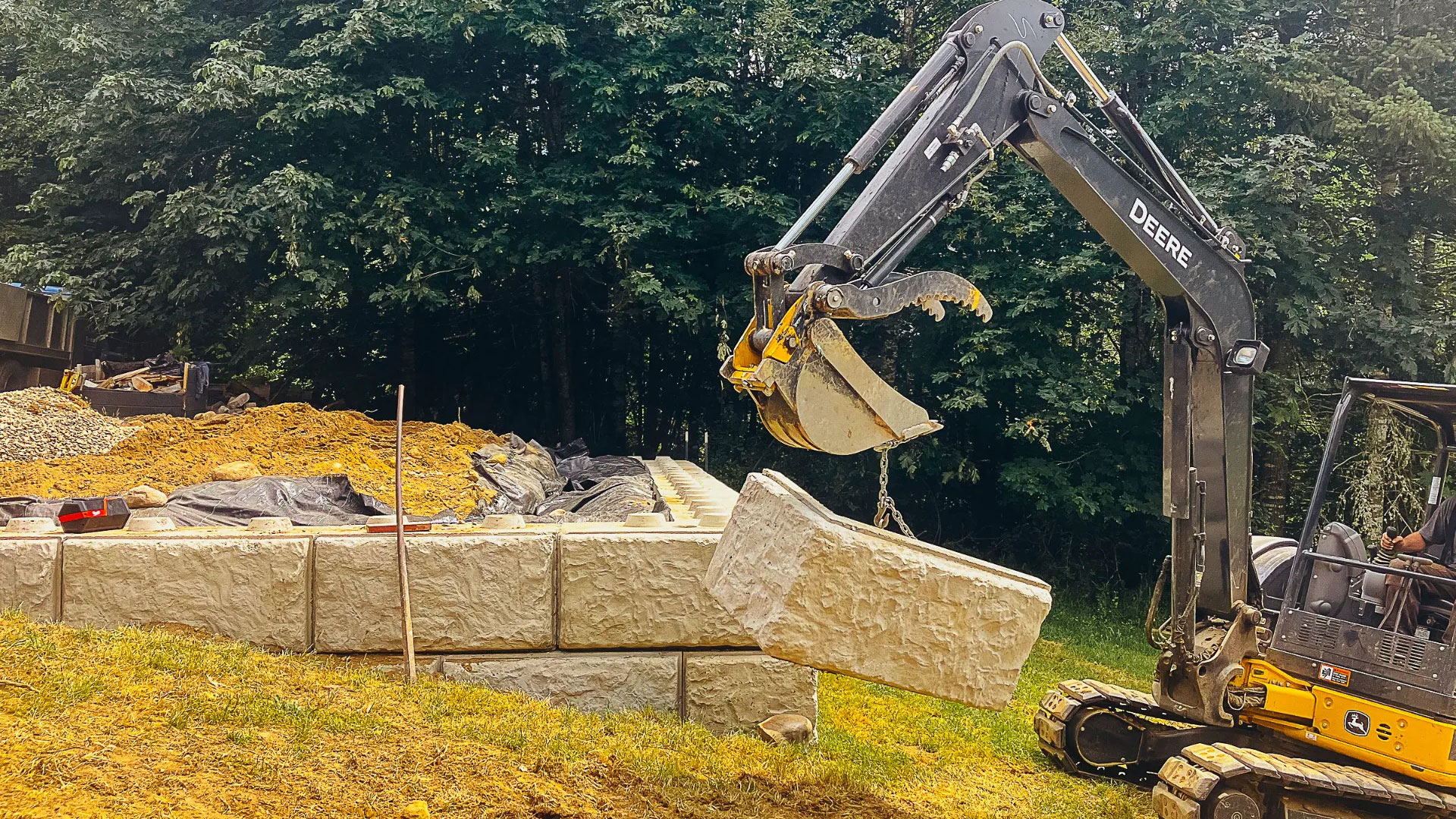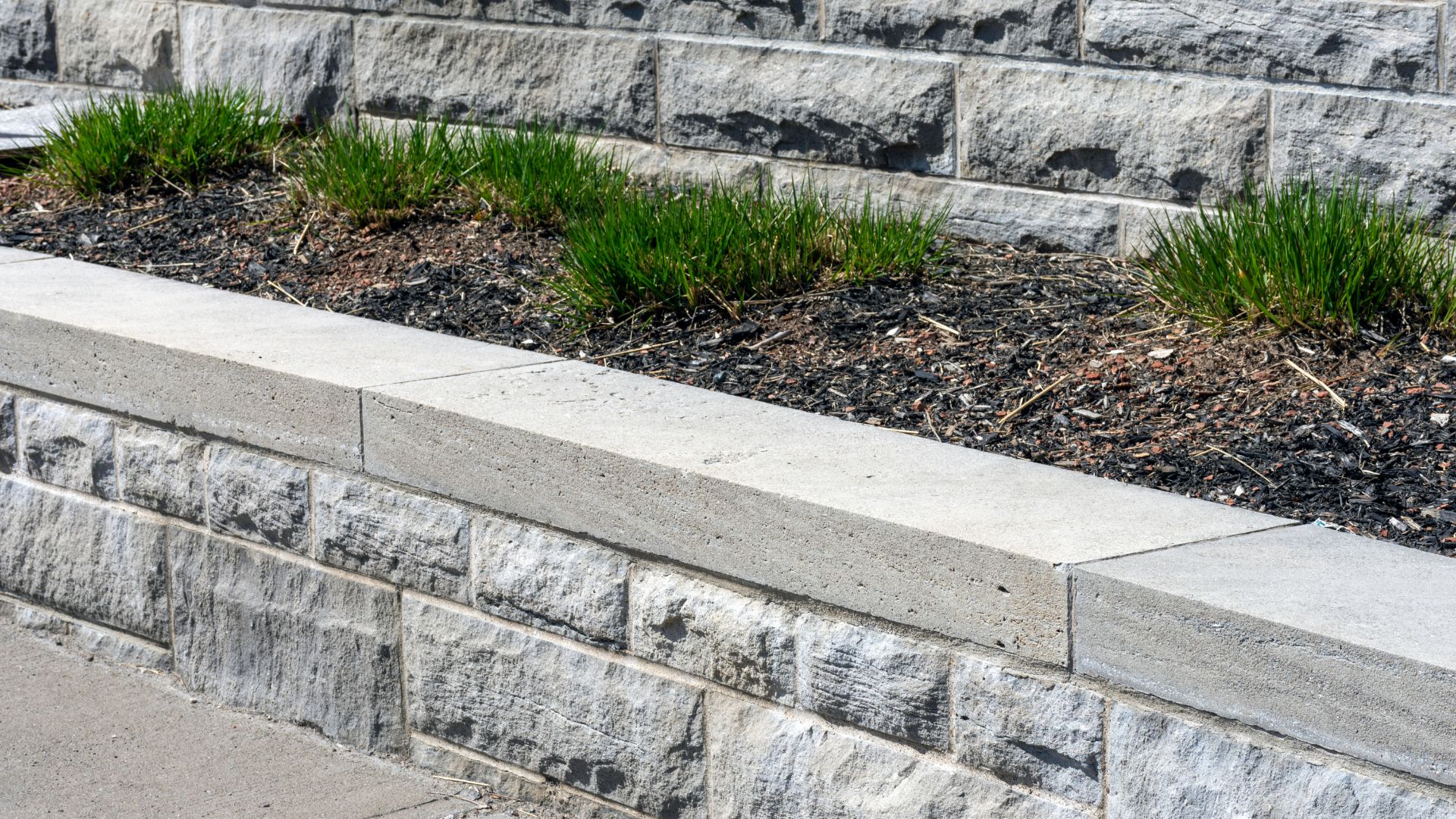
Retaining Wall Landscaping Ideas
Retaining walls are not only practical solutions for managing soil erosion and drainage issues, but they are also key design features that transform outdoor spaces. Strategically placed, a retaining wall can significantly enhance the usability of a yard by converting steep slopes into terraced areas, making them ideal for garden beds, patios, or even outdoor kitchens.
Beyond their functional role in stabilizing sloped landscapes, retaining walls add to the overall curb appeal of a property. They provide a visual anchor and can be built from various materials like natural stone, concrete blocks, or wood, each adding a distinct character to the garden landscape.
Whether you’re looking to create a serene garden nook or a vibrant entertainment area, incorporating a retaining wall can markedly increase both the aesthetic allure and the value of your home.
Design Ideas for Retaining Walls
Explore a variety of retaining wall ideas that not only prevent soil erosion but also enhance the visual and functional appeal of your outdoor spaces.
Concrete Retaining Wall with Flower Beds
Combining functionality and beauty, this retaining wall idea is perfect for adding colorful low-maintenance flower beds flower beds to your garden.
Rock and Boulder Walls
Achieving a rugged look with large boulders and low retaining walls, ideal for less pronounced slopes. You can also include river rocks to the foundation for added aesthetic appeal.
Natural Stone Walls
Highlighting durability and natural stones, these walls provide an ideal backdrop for lush flower beds and garden areas.
Timber Walls
Discussing the cost-effective option of using wood retaining walls for small retaining walls. Railroad ties can also be an alternative, adding a rustic touch.
Incorporate Steps in the Design
Designing stone steps to enhance accessibility and aesthetic, ideal for creating easy access to an upper level garden.
Create an Entryway
Utilizing retaining walls to define entrances and pathways, effectively transforming your garden area into a welcoming space.
Add a Fire Pit to the Mix
Integrating a fire pit for enhanced outdoor gatherings, this modern design serves as a focal point in your outdoor kitchen.
Add Wall Seating
Building seating into the wall for functional outdoor space, turning a simple retaining wall into a multi-functional area with a cozy nook for relaxation.
Light up for a Glow
Installing lights to illuminate the walls and surrounding garden areas, enhancing both safety and the visual appeal of your patio.
Gabion Walls for a Sturdy Design
Using wire cages filled with stones for a unique structural element, perfect for short retaining walls and distinctive wall ideas.
Types of Retaining Walls
A retaining wall is a structure designed to restrain soil to a slope that it would not naturally keep to. Commonly used to bound soils between two different elevations in areas of terrain possessing undesirable slopes or in areas where the landscape design needs to be shaped and engineered for more specific purposes like hillside farming or roadway overpasses.
The primary purpose of a retaining wall is to prevent muddy yards from soil erosion, manage rainwater runoff, and create usable space on sloped land. These walls serve both a functional and decorative role in landscaping, enabling the creation of visually appealing outdoor living areas and contributing to the overall structural integrity of the yard.
Common materials used for constructing retaining walls include:
| Material | Durability | Cost | Maintenance | Aesthetic Appeal | Ease of Installation | Environmental Impact |
|---|---|---|---|---|---|---|
| Natural Stone | Very High | High | Low | High | Moderate to Difficult | Low |
| Concrete Blocks | High | Moderate | Low | Moderate to High | Easy | Moderate |
| Wood | Moderate to Low | Low | High | Moderate | Easy | High (if treated) |
| Gabion Walls | High | Moderate | Low | Unique | Moderate | Low |
Material Characteristics:
- Durability: Natural stone and gabion walls are highly durable and can withstand severe weather conditions. Concrete blocks also offer good durability, though they can be susceptible to cracking over time. Wood, while popular for its natural look and often paired with a wooden fence, tends to have the shortest lifespan and can be prone to rot and insect damage.
- Cost: Natural stone is generally the most expensive due to the cost of materials and the labor-intensive installation process. Wood tends to be the least expensive, though costs can vary depending on the type of wood used. Concrete blocks and gabion walls typically fall in the moderate cost range.
- Maintenance: Natural stone, concrete blocks, and gabion walls require minimal maintenance, primarily needing occasional checks to ensure structural integrity. Wood, on the other hand, requires more maintenance, including staining or sealing to prevent decay.
- Aesthetic Appeal: Natural stone offers a high-end, classic look that enhances the landscape’s natural beauty. Concrete blocks can be aesthetically versatile, mimicking different materials. Gabion walls provide a distinctive, modern look with a natural touch, while wood offers a traditional, cozy garden feel.
- Ease of Installation: Concrete blocks are generally the easiest to install, as they are uniform and fit together easily. Wood is also relatively easy to install but may require more frequent replacement. Natural stone and gabion walls require more careful assembly and are typically more labor-intensive.
- Environmental Impact: Natural stone and gabion walls have a lower environmental impact, as they use natural and often locally sourced materials. Wood has a variable impact, it’s renewable but often treated with chemicals to resist decay. Concrete blocks have a moderate impact due to the energy-intensive manufacturing process.
Retaining Wall Food for Thought
Effective planning and precise construction considerations are essential for ensuring the stability, functionality, and aesthetic integration of retaining walls within a landscape.
Determining the Appropriate Height and Size
The surrounding environment plays a crucial role in deciding the height and size of your retaining wall. Factors such as the slope of the land, soil type, and the overall landscape must be carefully analyzed to ensure the wall structure is both effective and safe. A small retaining wall can be very effective given the right conditions, so assessing the context is paramount. This assessment helps prevent issues related to soil erosion and structural instability, making the retaining wall a functional and enduring part of your sloped backyard or garden.
Landscape Design Considerations by a Landscape Architect
Hiring a landscape architect can significantly enhance the functionality and aesthetics of your retaining wall landscape ideas. An expert can design retaining walls that not only stabilize the sloped areas but also transform them into usable space. The architect will consider aspects like natural light, vegetable garden placement, or flower beds, ensuring that every square foot of your landscape is utilized efficiently and beautifully.
Soil and Drainage Analysis
Proper evaluation of soil type and drainage conditions is essential before constructing a retaining wall. This analysis helps in choosing the right materials, such as mulch or rock, and determining the need for additional drainage solutions like weep holes or drainage tiles. Ensuring good drainage is critical to avoid water pressure build-up behind the wall, which can compromise the wall’s structure and longevity.
Regulatory Compliance and Permits
It’s important to understand and adhere to local building codes and regulations when planning your retaining wall. Depending on its height and location, a retaining wall may require specific permits. Consulting with a landscape architect or a construction expert can help ensure that your project complies with all local requirements, avoiding legal issues and ensuring that the wall is built to last within the defined landscape parameters.
Relative Costs Based on Materials
When planning a retaining wall, understanding the cost implications based on the chosen materials and design is crucial. Breaking down the average costs per square foot for different materials is a fundamental step in choosing the right option for your home, and understanding how these structures can enhance property value just sweetens the deal.
Natural Stone: Often the most aesthetically pleasing option, natural stone costs between $25 and $40 per square foot. This cost reflects the material’s durability and the labor-intensive installation process. Natural stone walls can significantly increase a property’s value due to their long lifespan and classic appearance. They are ideal for creating a sophisticated backdrop for patio areas and lush greenery.
Concrete Blocks: A versatile and cost-effective choice, concrete blocks range from $15 to $30 per square foot. This includes both material and installation costs. Concrete block walls are praised for their strength and quick installation, making them a practical choice that also boosts property value by adding functional outdoor living spaces. They are perfect for integrating water features and complementing a brick facade or structures in the garden.
Wood: The most budget-friendly option, wood retaining walls typically cost between $15 and $25 per square foot. While less durable than stone or concrete, wood walls are valued for their natural look and relatively quick installation. However, they might not add as much long-term value to a property due to their shorter lifespan and higher maintenance requirements. Wood walls can be used effectively in warmer climates and are excellent for enclosing vegetable gardens or as a base for fence installations.
Gabion Walls: Falling in the moderate price range, gabion walls cost about $20 to $35 per square foot. Known for their durability and unique aesthetic, gabion walls can also contribute positively to a property’s value, especially in rustic or industrial settings. They are particularly effective in landscaping designs that require other materials, such as integrating large boulders or railroad ties for a distinctive look.
Make Your Retaining Walls Uniquely Yours with Dig’um Dirtworks
Retaining walls offer remarkable versatility and functionality, serving as essential elements in landscape design. They not only prevent erosion and manage sloped land but also enhance the aesthetic appeal and usability of outdoor spaces.
With a range of materials to choose from – each providing different benefits in terms of retaining wall cost, durability, and style – homeowners can find the perfect solution to meet their specific landscape needs.
If you are considering adding a retaining wall to your property or need expert advice on choosing the right materials and design, contact Dig’um Dirtworks. Our team of experienced professionals is ready to help you maximize the beauty and functionality of your landscape with high-quality retaining wall solutions. Reach out today to discuss your project and see how we can transform your outdoor space.
Most Recent Post

